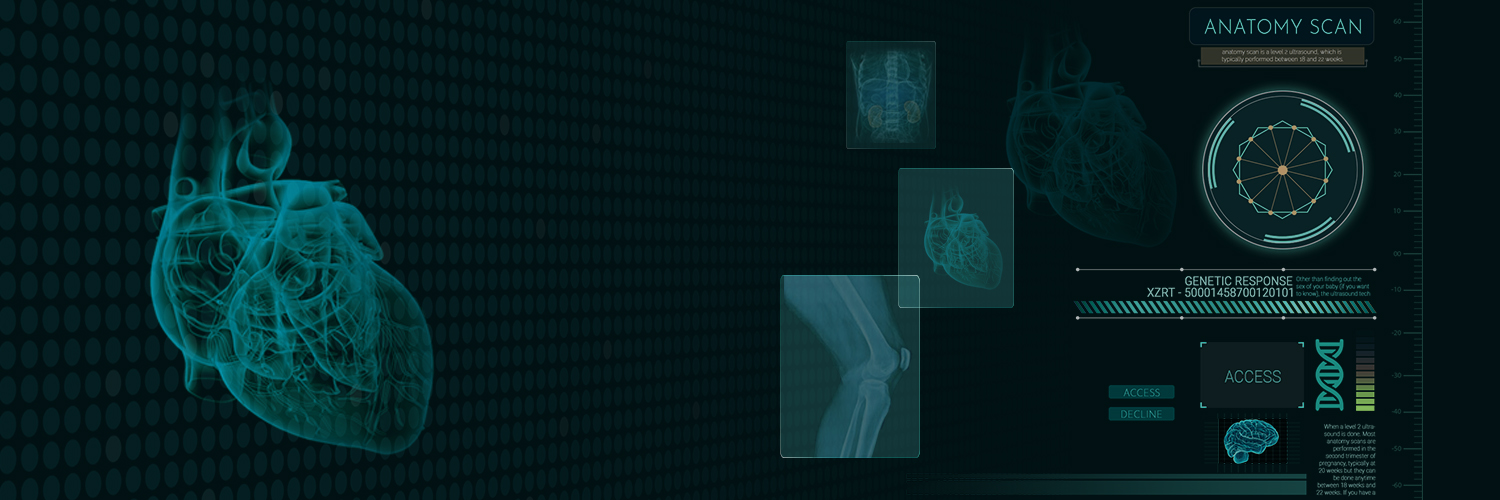
The kingdom plantae is classified as follows:
1. Division Thallophyta orAlgae
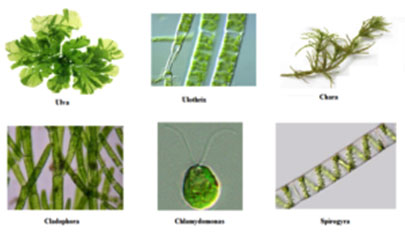
2. Division Bryophyta
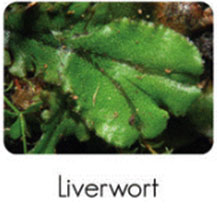
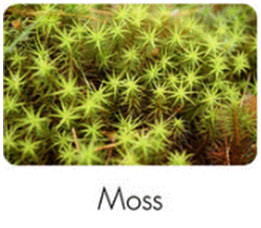
3. Division Pteriodophyta
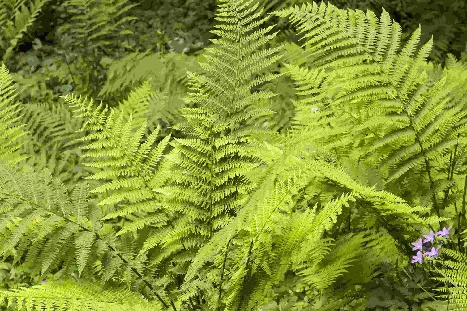
Ferns
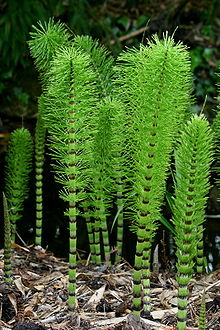
Horsetails
Differences between Bryophyta and Pteriodophyta.
| Bryophyta | Pteriodophyta |
| Plant body is gametophytic | Plant body is sporophytic. |
| Plant body is either thallose or foliose. However, real stem and leaves are always absent. | Real stem and leaves are present. |
| Fixation of plant body is carried out by rhizoids. | Fixation of plant body is carried out by roots. |
| Sporophyte is parasitic over the gametophytic plant body throughout its life. | The gametophyte is small and independent. |
| Bryophytes are non-vascular in nature. | Pteriodophytes are vascular in nature |
Differences between pteriophytes and Phanaerogams (spermatophytes).
| Pteriophytes | Phanerogams / Spermatophytes |
| They are seedless plants. | They are seed-bearing plants. |
| Gametophytes are small but independent. | Gametophytes are nutritionally dependent on the sporophyte. |
| Their reproductive organs are inconspicuous. | Their reproductive organs are quite conspicuous. |
| Fertilization requires An external water source | Fertilization does not require an external water source. |
Differences between Cryptogams and Phanerogams.
| Cryptogams | Phanerogams |
| It contains seedless plants. | It contains plants with seeds. |
| It includes both vascular and non-vasular plants. | It includes only vascular plants. |
| For fertilization, an external water source is required | For fertilization, an external water source is not required. |
Differences between algae and fungi.
| Algae | Fungi |
| Algae contain photosynthetic pigments. | Photosynthetic pigments are absent in Fungi |
| They are autotrophic. | They are heterotrophic. |
| Most of the algae are aquatic in habitat. | Most of the fungi are terrestrial in habitat. |
| The cell wall is made of cellulose. | The cell wall is made of chitin. |
| Algae contain starch as a stored food material | Fungi contain glycogen and oil as the stored food materials. |
4. Divison Gymnospermae
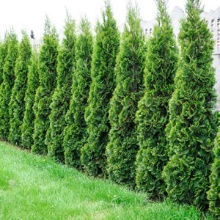
Confires
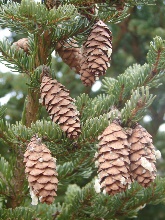
Pine
5. Division Angiospermae
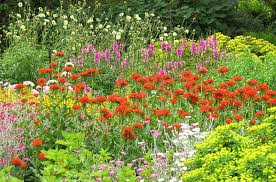
Differences between gymosperms and angiosperms
| Gymosperms | Angiosperms |
| In gymnosperms, Sporophylls are aggregated to form cones. | In angiosperms, Sporophylls are aggregated to form flowers. |
| The seeds are naked. | The seeds are enclosed by a fruit wall. |
| The microspores and megaspores are produced by male and female cones. | Microspores and megaspores are produced in the same or two different types of flowers. |
| Vascular tissues such as xylem lacks vessels and phloem lacks companion cells. | Vascular tissues such as xylem contain vessels and phloem contains companion cells. |
| The ovules are not enclosed within an ovary. | The ovules are enclosed within an ovary. |
| Endosperm cells are haploid. | Endosperm cells are triploid. |
Differences between Monocotyledon and Dicotyledon.
| Monocotyledon | Dicotyledon |
| Seeds of Monocotyledon plants have only one cotyledon. | Seeds of Dicotyledon plants have two cotyledon. |
| These plants have fibrous root. | These plants have tap root. |
| The leaves show parallel venation. | The leaves show reticulate venation. |
| The plants are herbs, shrubs with tender stem. | The plants are huge trees with strong stem. |
| The flowers have three or multiple of three petioles. | The flowers have five or multiple of five petioles. |
| Vascular bundles are in ring. | Vascular bundles are scattered. |
The plant kingdom has been classified into ‘cryptogams’ and ‘phanerogams’ based on their seed formation ability.
Cryptogams
Phanerogams: